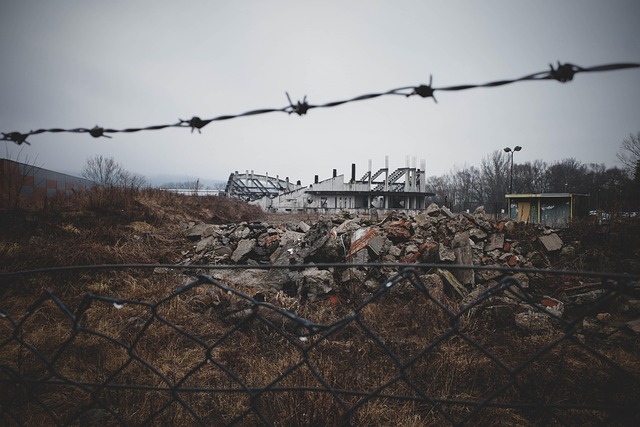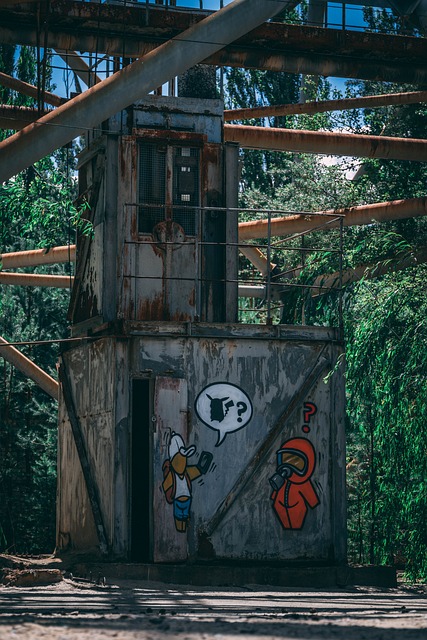San Antonio's winters pose pipe burst risks due to freezing water expansion. Preventative measures include insulating pipes, using heat tape in vulnerable areas, and regular maintenance checks. Installing weatherized HVAC units and keeping heat sources active during cold snaps also protect against pipe damage. Homeowners should adopt these strategies to safeguard pipes from winter harm in San Antonio.
In severe winters, San Antonio faces unique challenges with its HVAC systems and pipes. The cold temperatures significantly increase the risk of pipe bursts, causing extensive damage and disruptions. This article guides homeowners through essential steps for replacing HVAC systems and offers effective strategies to prevent costly pipeline failures during San Antonio’s chilly seasons. By implementing these measures, you can ensure a cozy home while mitigating risks of burst pipes.
- Understanding Winter's Impact on San Antonio Pipes
- Essential Steps for HVAC System Replacement
- Effective Strategies to Prevent Burst Pipes
Understanding Winter's Impact on San Antonio Pipes

San Antonio’s winters can be unpredictable, with sudden drops in temperature testing the limits of home heating systems and infrastructure. One of the most significant concerns for residents is preventing burst pipes during this period. Extreme cold causes water inside pipes to freeze, expanding as it freezes and putting immense pressure on the pipe walls. Over time, this force can lead to cracks or even complete ruptures, causing severe damage and costly repairs.
To mitigate these risks, homeowners should consider taking proactive measures. Insulating pipes in vulnerable areas like exterior walls and basements can help maintain a consistent temperature. Additionally, using heat tape or thermal wraps on exposed pipes acts as an extra barrier against the cold. Regular maintenance checks before winter sets in are crucial to identify and address any weak spots or leaks, ensuring a more comfortable and damage-free season for San Antonio residents.
Essential Steps for HVAC System Replacement

When replacing an HVAC system after a disaster, especially in regions prone to extreme winters like San Antonio, preventing burst pipes is paramount. Prior to installation, conduct a thorough inspection to identify potential vulnerabilities, focusing on older or compromised pipework. This proactive step ensures that your new system won’t face immediate setbacks from frozen or burst pipes during the colder months.
Implementing robust insulation and utilizing heat tape on exposed pipes are key measures for preventing winter damage. Additionally, select energy-efficient, weatherized HVAC units designed to withstand harsh conditions. Regular maintenance checks throughout the year also play a crucial role in extending system life and minimizing disruption from climate-related issues, such as burst pipes, ensuring comfort and safety all year round.
Effective Strategies to Prevent Burst Pipes

In San Antonio, where winters can bring unexpected cold snaps, preventing burst pipes is a crucial part of disaster reconstruction, especially for HVAC systems. One effective strategy is insulation. Adequate insulation around pipes, especially in unheated spaces like attics and crawl spaces, helps maintain a consistent temperature and prevents sudden freezes that can lead to bursting. Homeowners should consider adding or enhancing insulation to their pipe routes during restoration efforts.
Another vital method is using heat tape or thermal protection on exposed pipes. This product sticks to the pipe and provides continuous heat, keeping water inside from freezing. For areas prone to extreme cold like San Antonio, regularly checking and maintaining these heat sources is key. Additionally, allowing tap water to run during extremely cold weather can help prevent pipes from freezing by ensuring a constant flow of water that remains above freezing temperature.
In conclusion, effectively managing your HVAC system and pipes during San Antonio’s winter is key to preventing burst pipes. By understanding the impact of cold weather, taking proactive steps for replacement, and implementing prevention strategies, homeowners can ensure a cozy indoor environment while safeguarding their homes from costly damage. Remember, a well-maintained system and quick action are essential in navigating the challenges of winter’s frosty grip.
